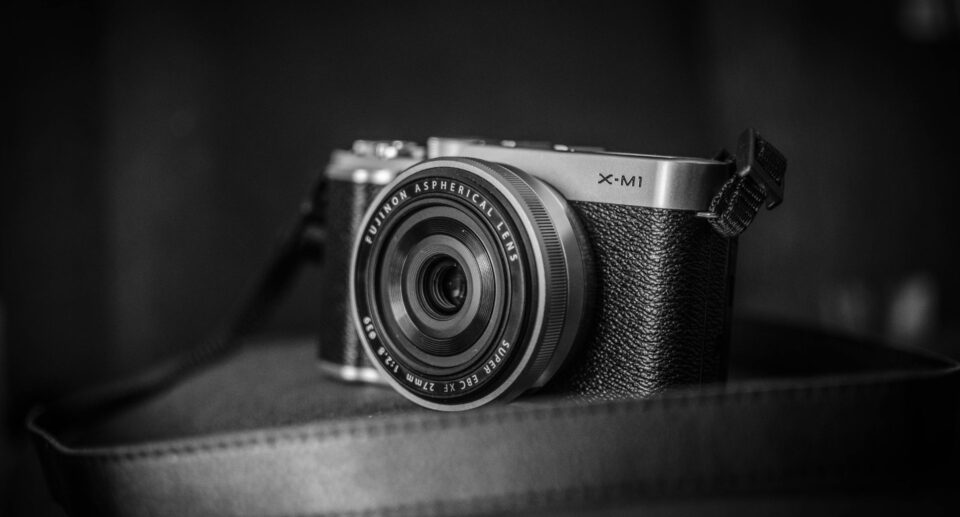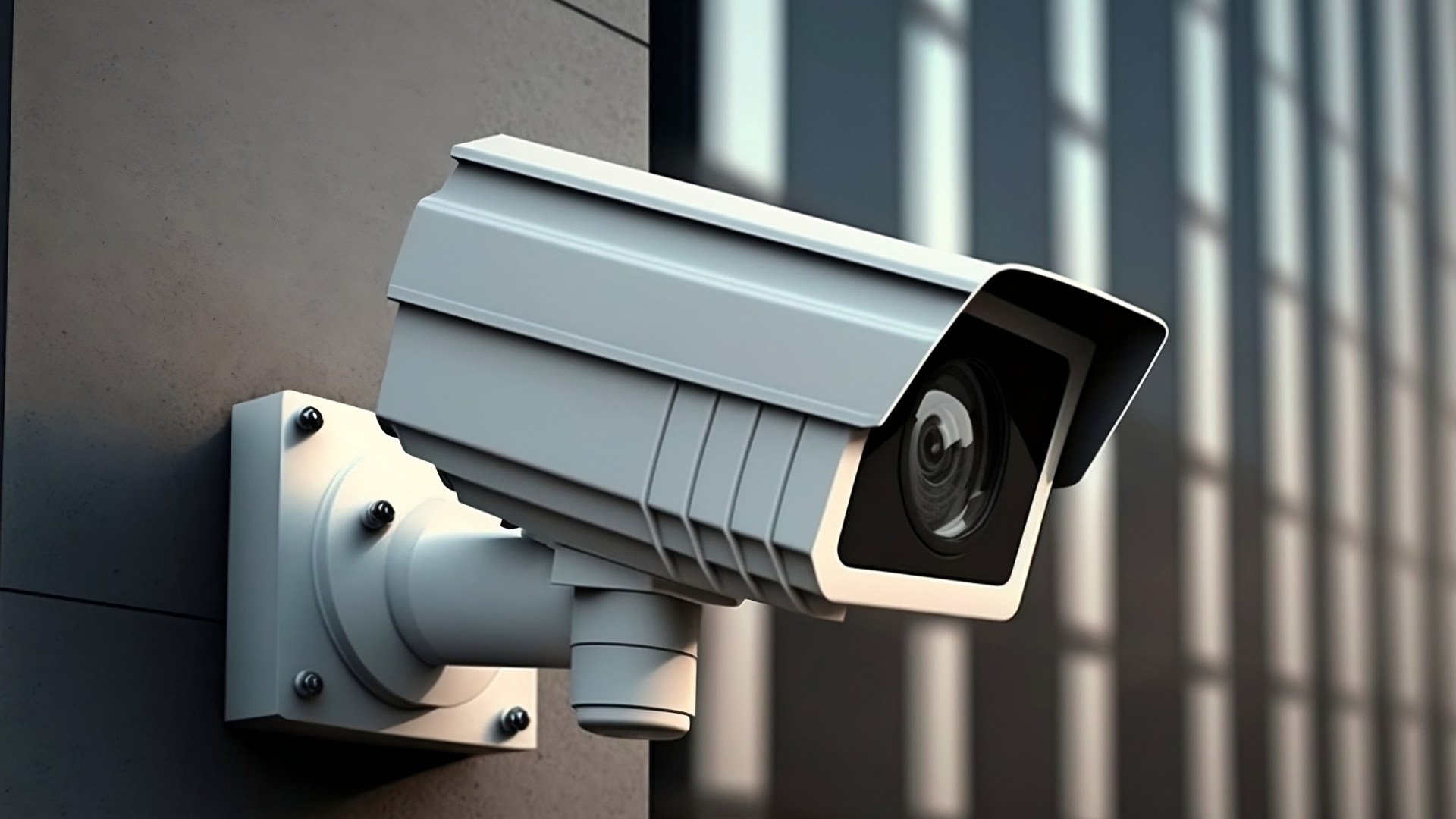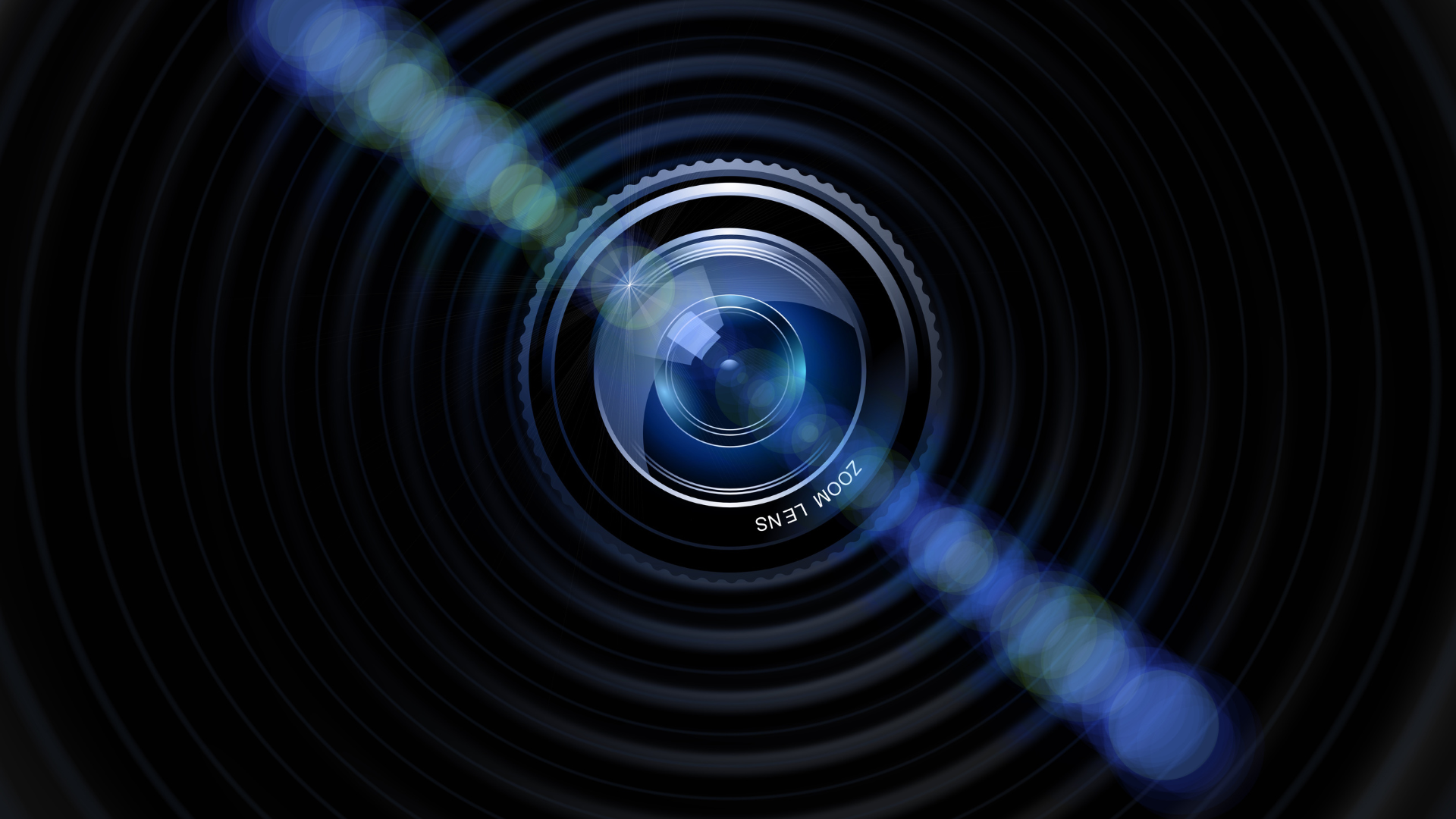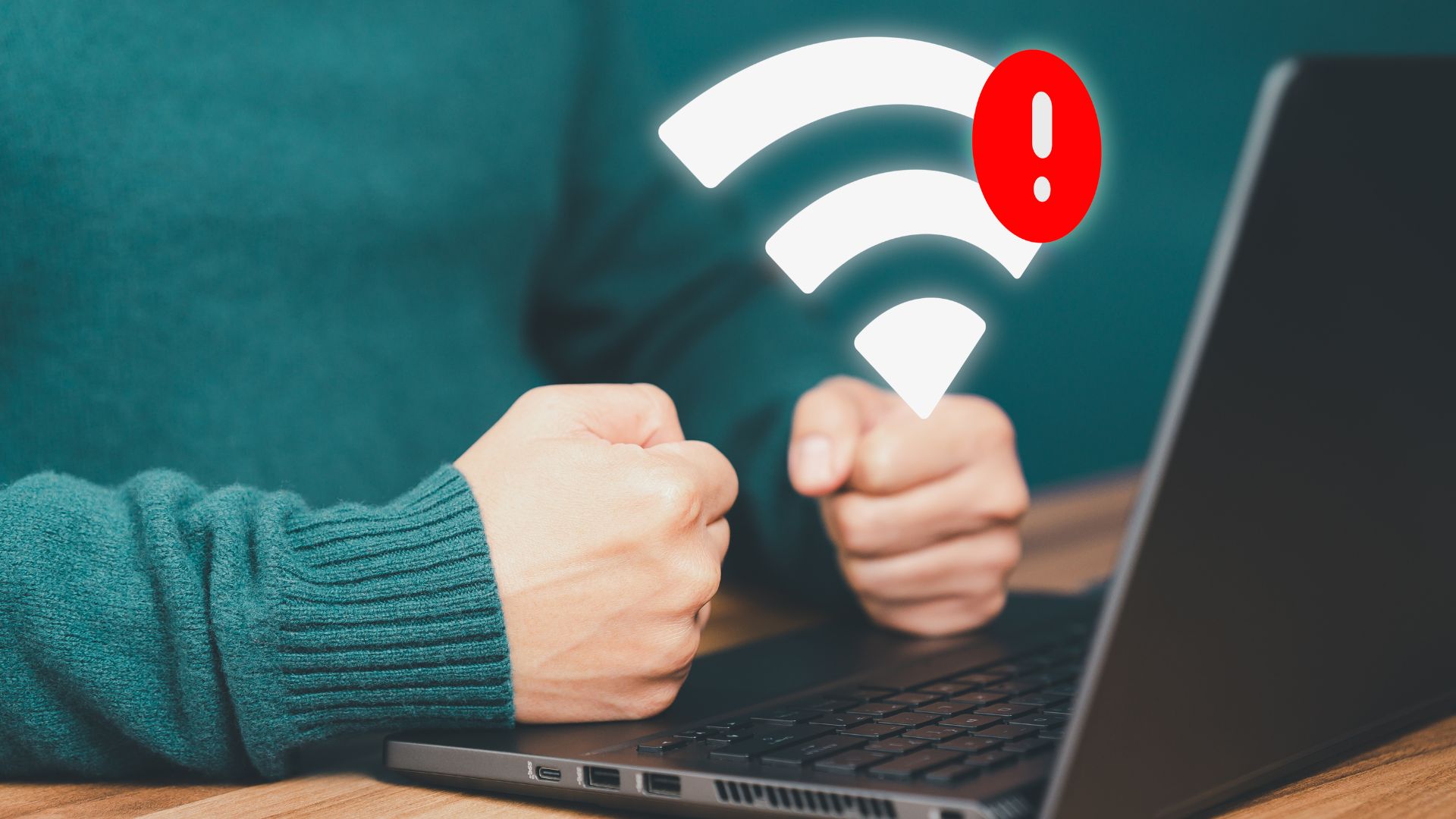How to Tell if a Smoke Detector is a Hidden Camera
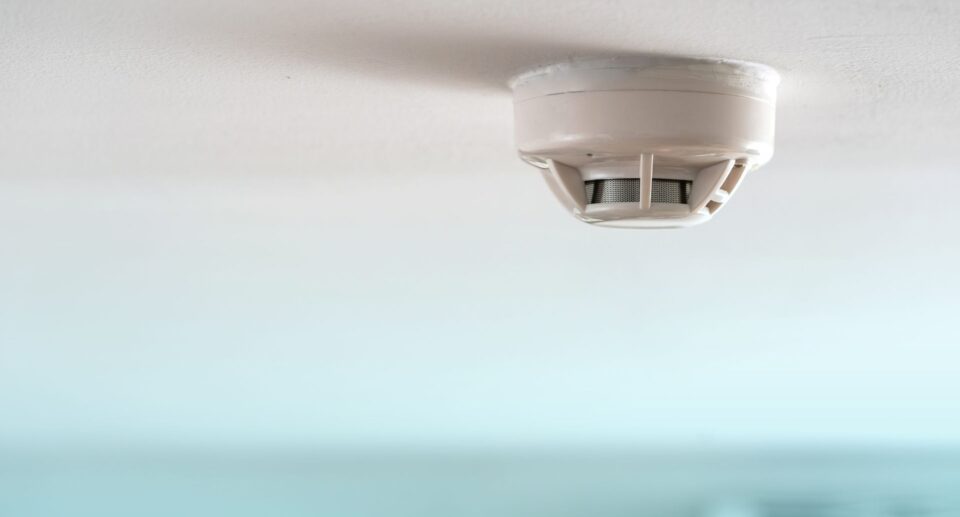
In today’s world, concerns about privacy are growing rapidly. Hidden cameras disguised as everyday household devices have become increasingly common tools for covert surveillance. One common item used for such purposes is the smoke detector, which is typically overlooked because of its essential safety function. This raises an important question: how can you tell if a smoke detector is actually a hidden camera? This article delves into the signs, detection methods, and precautions you should take to protect your privacy.
Why Smoke Detectors Are Used as Hidden Cameras
Smoke detectors are found almost everywhere — homes, offices, hotels, and public spaces — making them ideal spots for concealing surveillance equipment. Their unobtrusive design and placement on ceilings allow hidden cameras to record activities without drawing suspicion. Because people naturally assume smoke detectors serve only safety functions, they rarely inspect them closely, which gives covert operators an advantage.
Hidden cameras inside smoke detectors can be used for various purposes, some legitimate like security monitoring by property owners, but often for unauthorized spying, invasion of privacy, or criminal activity. Recognizing this threat is the first step toward protecting yourself.
Visual Inspection: What to Look For
The first and simplest method to determine if a smoke detector is a hidden camera is a thorough visual inspection. Although many hidden cameras are cleverly disguised, certain visual clues may reveal their presence.
Start by examining the smoke detector closely. Genuine smoke detectors typically have ventilation holes, a test button, and sometimes LED indicators. A suspicious smoke detector may have small, oddly placed holes or transparent lenses that do not match typical smoke sensor designs.
Look for any unusual wiring or additional components that seem out of place, such as a tiny lens or a pinhole that could be a camera aperture. If the smoke detector appears bulkier or heavier than standard models, it might contain hidden electronics.
Using a Flashlight or Laser Pointer to Detect Camera Lenses
Hidden camera lenses are usually made from glass or plastic, which reflect light. A practical way to detect a camera lens inside a smoke detector is by shining a flashlight or a laser pointer on it in a dark room.
Slowly move the light source around the surface of the smoke detector while watching for small reflective spots that sparkle or glint. These reflections often come from camera lenses. Since smoke detectors don’t normally have shiny parts, any unusual reflection is worth investigating.
Be cautious with laser pointers; ensure they are safe and avoid shining them directly into your eyes or others’. This method is effective because even well-hidden lenses cannot fully avoid reflecting light.
Listening for Unusual Sounds or Electronic Signals
Another subtle way to detect a hidden camera in a smoke detector is by listening carefully for electronic sounds. Some hidden cameras emit faint clicking, buzzing, or whirring noises, especially if they are actively recording or transmitting signals.
Try to listen closely when the room is quiet. If you hear any unusual mechanical or electronic sounds coming from the smoke detector, it could indicate the presence of a camera or a wireless transmitter.
Although many modern cameras are silent, older or poorly concealed models may reveal themselves through sound. This method requires patience and a quiet environment but can provide useful clues.
Using a Radio Frequency (RF) Detector
Most hidden cameras use wireless transmission to send video feeds to a remote viewer. These cameras emit radio frequency (RF) signals, which can be detected using an RF detector or signal scanner.
An RF detector is a handheld device that scans for wireless signals in your environment. By sweeping the device near the smoke detector, you can identify if it is transmitting video signals.
Keep in mind, some cameras may use wired connections or advanced frequency hopping technologies to avoid detection. Also, other wireless devices in the room can cause false positives, so interpreting RF detector readings requires some experience.
Employing Smartphone Apps and Other Technology
There are various smartphone apps designed to detect hidden cameras by analyzing signals or looking for infrared light, which some cameras emit for night vision.
Some apps use the phone’s magnetic sensor to identify unusual magnetic fields generated by electronic devices hidden inside objects like smoke detectors. Others use the camera’s ability to detect infrared light invisible to the naked eye, allowing you to spot night vision LEDs.
While these apps are convenient and accessible, their effectiveness can vary widely. They should be used as supplementary tools rather than definitive detection methods.
Signs a Smoke Detector Might Be Suspicious in Context
Contextual clues also help in identifying potential hidden cameras in smoke detectors. Consider the location and situation of the smoke detector:
- Is the smoke detector placed unusually low or in areas where surveillance might be desired, such as bedrooms, hotel rooms, or private offices?
- Are there multiple smoke detectors clustered together, or ones installed where smoke risk is minimal?
- Has the smoke detector been tampered with recently or does it look newer than others in the same room?
- Are there any unexpected wiring or power sources that don’t match normal smoke detector installation standards?
These signs might indicate a device installed for surveillance rather than safety.
Legal and Ethical Considerations
Before conducting thorough inspections or taking any action regarding hidden cameras, it’s important to understand the legal implications. Laws about hidden cameras vary by jurisdiction, but generally, installing a hidden camera in private places without consent is illegal and punishable by law.
If you suspect a hidden camera, avoid destroying evidence or tampering with the device. Instead, document your findings and contact local law enforcement or a professional security expert. Protecting your privacy is important, but so is following legal protocols.
Protecting Yourself Against Hidden Cameras
To minimize the risk of hidden surveillance via smoke detectors or other household devices, take proactive measures:
- Use your own smoke detectors and maintain control over devices installed in your private spaces.
- Regularly inspect smoke detectors and other devices in unfamiliar environments.
- Cover suspicious devices temporarily with a non-transparent material if you feel uncomfortable, until further investigation can be done.
- Consider professional sweeps by security experts who can thoroughly scan your property for hidden surveillance devices.
Awareness and vigilance are key to maintaining privacy in an age of ever-evolving technology.
Conclusion: Staying Vigilant in a Surveillance Age
Hidden cameras disguised as smoke detectors represent a real and growing privacy concern. By learning how to detect these devices through careful observation, use of technology, and contextual awareness, you empower yourself to protect your personal space.
While no detection method is foolproof on its own, combining several techniques enhances your chances of spotting hidden cameras. Stay informed about legal rights and best practices, and don’t hesitate to seek professional help if you suspect unauthorized surveillance.
In a world where technology is everywhere, vigilance is the best defense against intrusion into your privacy.





